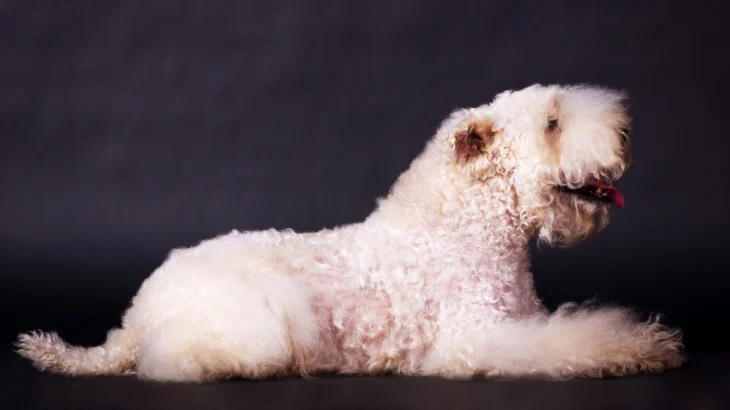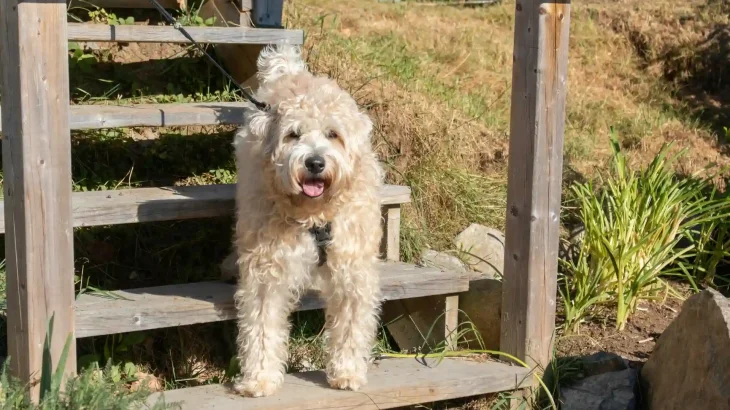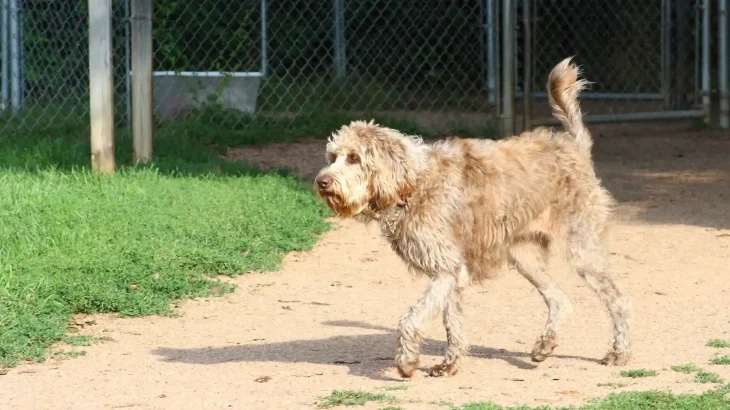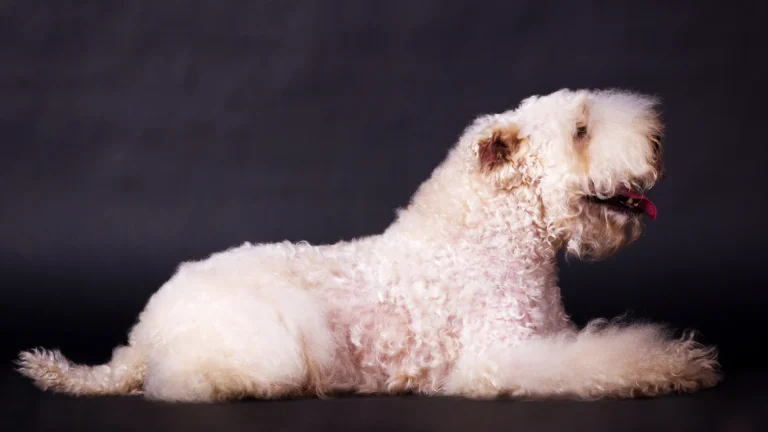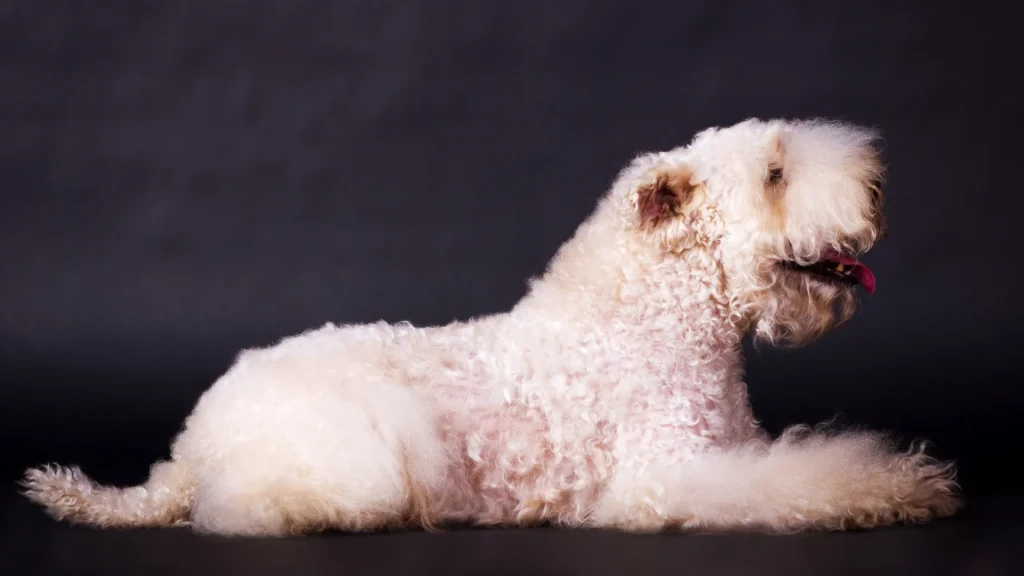Deciding whether to adopt or buy a Soft Coated Wheaten Terrier puppy involves weighing the certainty of pedigree and health against the chance to provide a loving home to a dog in need. Buying from a breeder usually offers clear info on the dog's lineage and health, while adoption can be more budget-friendly and supports animal welfare.
| Criteria | Buying from Breeder | Adopting from Shelter/Rescue |
|---|---|---|
| Cost | Higher initial cost, reflecting pedigree and care. | Generally lower fees, more affordable. |
| Health History | Usually comprehensive health and genetic screening. | Often limited or unknown history; basic health checks done. |
| Age Availability | Mostly puppies, allowing early training and bonding. | Various ages, including trained adults. |
| Temperament Insight | Breeders provide info about lineage temperament traits. | Temperament assessed by shelter staff; full background may be unclear. |
| Supporting Practices | Supports responsible breeding with ethical breeders. | Helps reduce pet overpopulation and supports rescues. |
| Ethical Considerations | Ensure breeder maintains high welfare standards. | Gives dogs a second chance and eases shelter crowding. |

